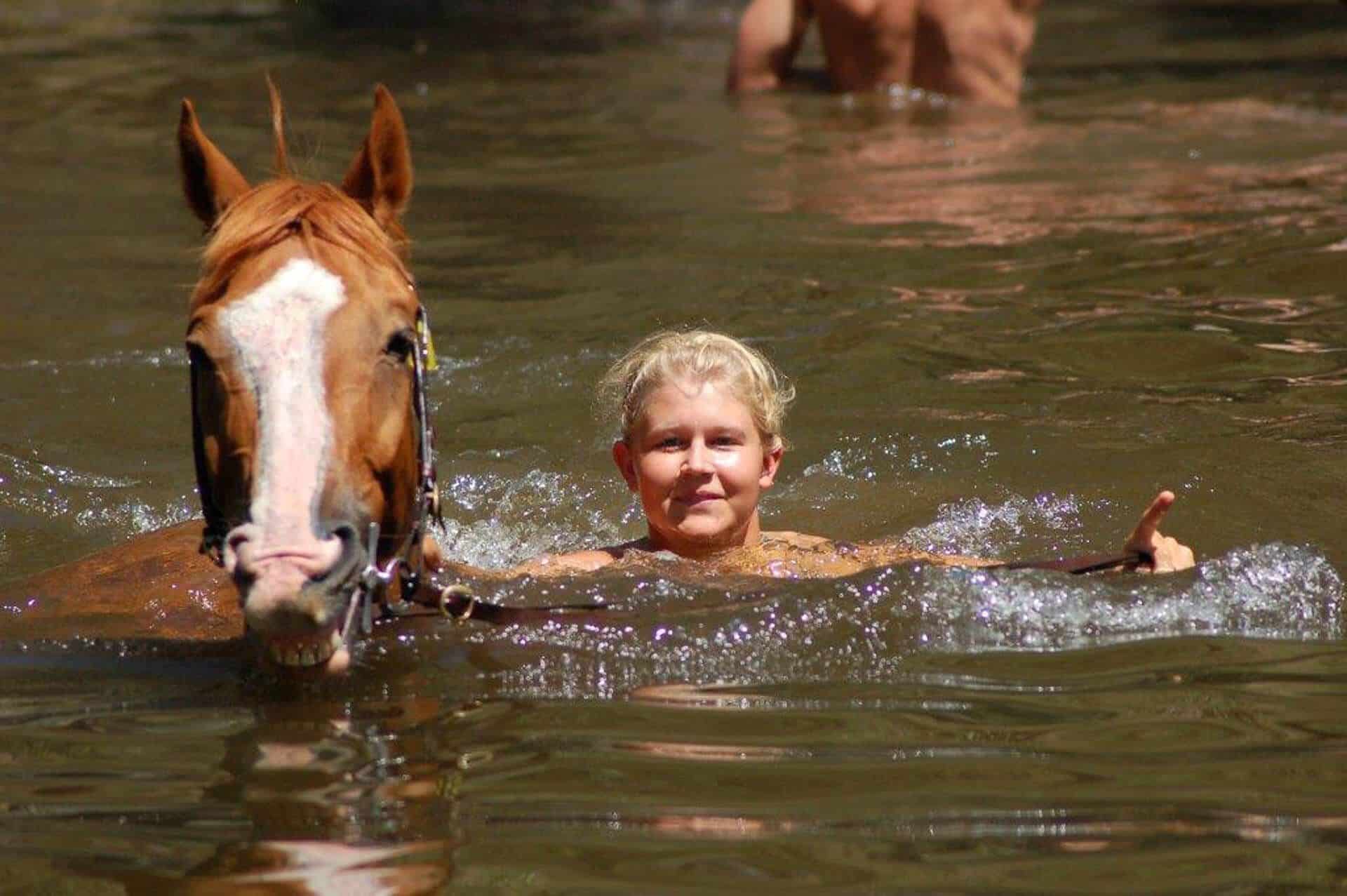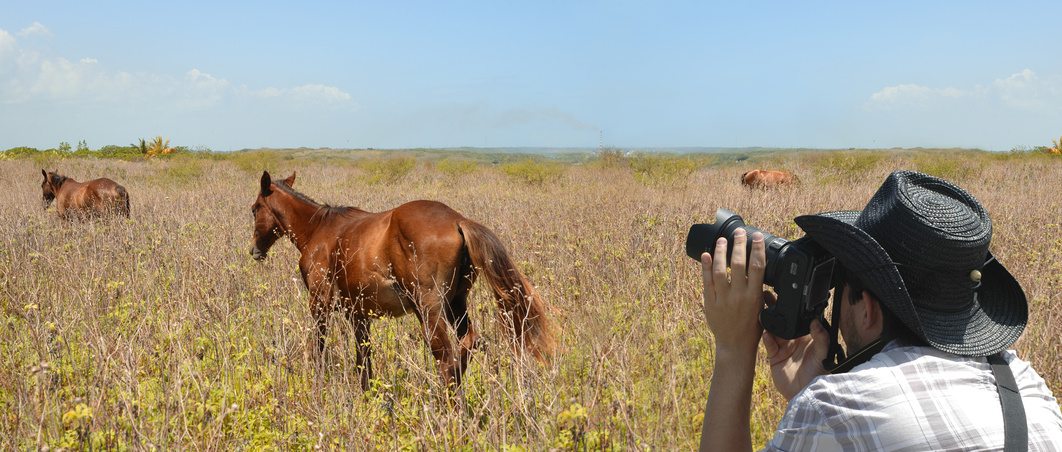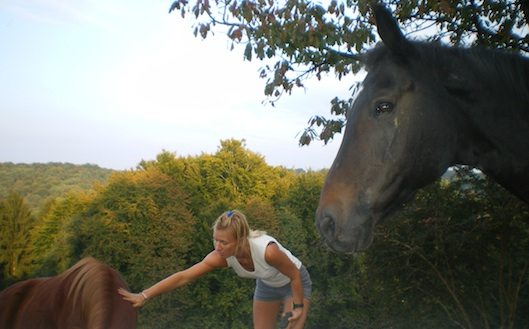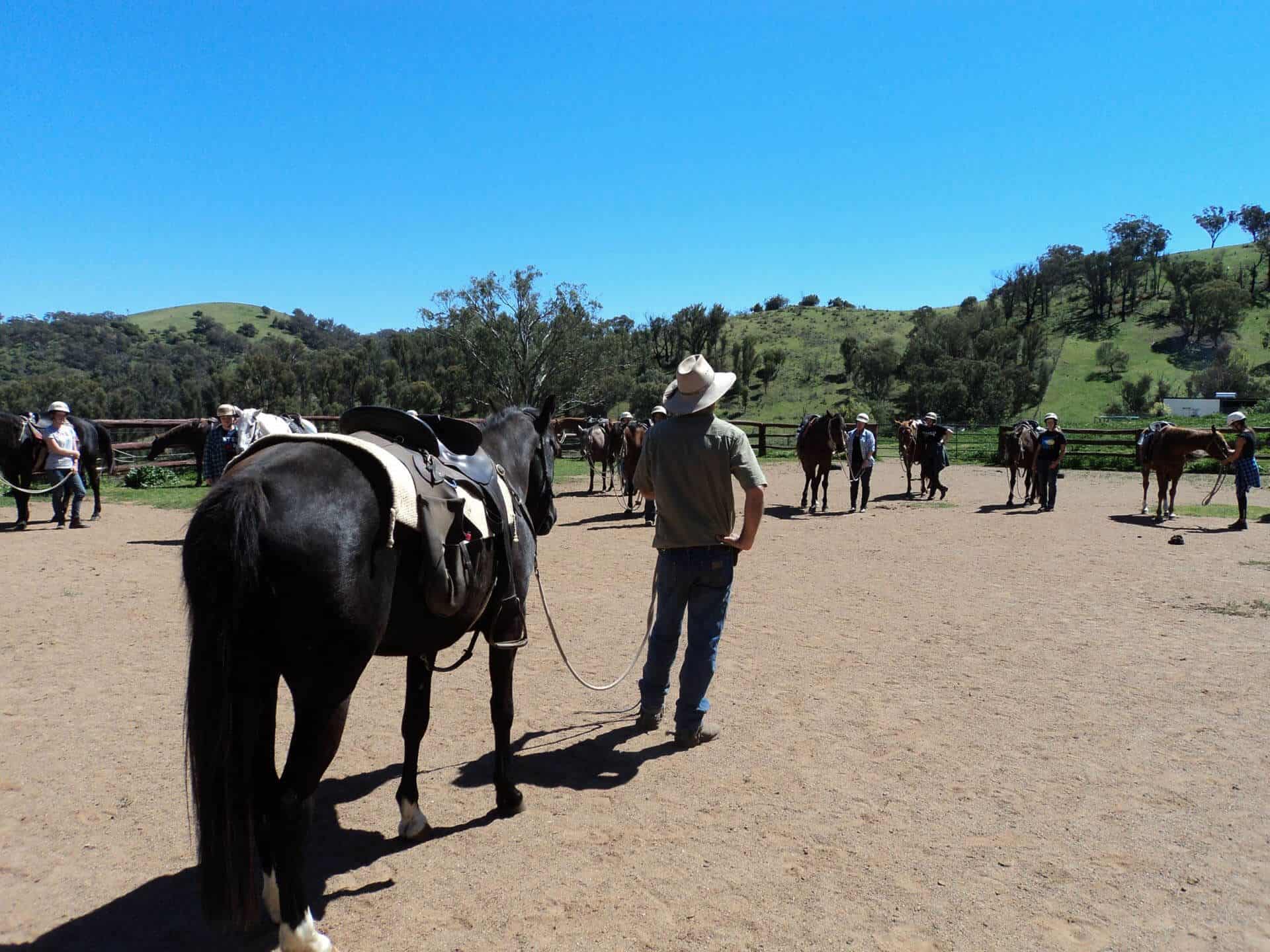» Blog » Australia – Why Australia » Jackaroo and Jillaroo Australia
Be a Jackaroo or Jillaroo in Australia
Australian Ranches – A great resource for learning: The trainee herdsmen and women or Jackaroos and Jillaroos are given hands-on training.


Jackaroo Jillaroo Course in Australia
Jackaroo and Jillaroo training programs are perfect for anyone interested in experiencing the rural and rugged lifestyle of Australia’s farms and ranches. These courses cater to a wide range of people, such as:
1. Young Adventurers
- Youngsters who dream of working on a farm or experiencing life in the Australian outback are ideal candidates. The training provides a mix of adventure, hands-on learning, and outdoor activities.
2. Backpackers and Travelers
- Travelers and backpackers exploring Australia often sign up for these courses to immerse themselves in the country’s unique outback culture and learn valuable skills while meeting like-minded people.
3. Career Enthusiasts in Agriculture
- Aspiring professionals in animal care, animal husbandry, or farm management can gain significant practical experience. These courses provide foundational knowledge and hands-on skills necessary for building a career in farming or ranching.
4. Nature and Wildlife Enthusiasts
- If you’re passionate about Australia’s natural habitat, these courses offer the opportunity to learn about the environment, wildlife, and sustainable farming practices while actively engaging with the land.
What Can You Expect to Learn?
Participants gain practical skills in:
- Horse riding and horse care
- Cattle mustering and handling
- Sheep shearing and animal husbandry
- Operating farm machinery
- Fence maintenance and property upkeep
This unique training not only provides skills but also gives you a glimpse into the lifestyle and challenges of living and working on a farm, preparing you for roles in agriculture or simply an unforgettable experience in Australia’s outback.
A Jackaroo (for males) or Jillaroo (for females) is a trainee farmhand or station worker in rural Australia. These roles are integral to life on cattle or sheep stations, offering a hands-on experience in the country’s iconic Outback. If you dream of adventure, hard work, and living close to nature, becoming a Jackaroo could be the perfect fit for you.
What Does a Jackaroo Do?
Jackaroos and Jillaroos perform a variety of tasks, including:
- Caring for livestock (feeding, mustering, and branding cattle or sheep).
- Operating and maintaining farm machinery.
- Performing general farm duties like fencing, irrigation, and maintenance.
- Assisting with seasonal work such as shearing and planting.
It’s a physically demanding but rewarding job that teaches you valuable skills and builds resilience.
Steps to Become a Jackaroo in Australia
1. Meet Basic Requirements
- Age: There is no strict age limit, but most Jackaroo programs are suited to individuals aged 18–30.
- Fitness: Physical fitness and stamina are crucial for handling the demands of station life.
- Work Visa: For international applicants, a Working Holiday Visa (subclass 417) or Work and Holiday Visa (subclass 462) is essential.
2. Gain Basic Farm Experience
While prior experience isn’t always necessary, basic skills like riding horses, operating machinery, or handling livestock can be advantageous. You can also enroll in short courses to build foundational skills.
3. Enroll in a Jackaroo/Jillaroo School
Specialized training schools across Australia offer programs to prepare you for station life. These schools teach essential skills, such as:
- Horse riding and mustering.
- Animal husbandry.
- Fence repairs and machinery operation.
- Survival and first aid in remote areas.
Some popular training schools include:
- Outback Skills (New South Wales)
- Charles Darwin University (Northern Territory)
- Local TAFE colleges offering rural skills training.
4. Apply for Jackaroo Positions
Once trained, start applying for Jackaroo positions. Popular locations for employment include:
- The Northern Territory.
- Outback Queensland.
- Western Australia’s Pilbara region.
- Rural New South Wales and South Australia.
You can find job listings through:
- Recruitment agencies specializing in agricultural work.
- Websites like Gumtree, SEEK, or Rural Enterprises.
- Directly contacting cattle and sheep stations.
5. Prepare for Station Life
- Be Ready for Remote Living: Stations are often far from towns, so prepare for isolation.
- Pack the Essentials: Durable work clothes, boots, a hat, sunscreen, and a first-aid kit are must-haves.
- Adapt to the Outback Lifestyle: Long days, early starts, and challenging tasks are part of the job.
Benefits of Becoming a Jackaroo
- Skills Development: Learn practical skills that are highly valued in agriculture.
- Adventure: Explore the beauty and ruggedness of the Australian Outback.
- Networking: Build connections within the farming and ranching community.
- Pathway to Agriculture Careers: Many Jackaroos progress to managerial roles or start their own farms.
Challenges to Consider
- Physical Demands: The work is tough and often requires long hours.
- Isolation: Rural life can be lonely for those used to city living.
- Weather Extremes: The Outback’s heat and unpredictable conditions can be challenging.
Becoming a Jackaroo is not just a job—it’s a lifestyle. If you’re ready for adventure, resilience, and hard work, this could be the ultimate way to experience Australia’s Outback.
📩 Contact Go to Australia for advice on training programs, work opportunities, and visas to start your Jackaroo journey today!
What is it like to be a Jackaroo or Jillaroo in Australia?
The vast and rugged Outback in Australia provides an incredible setting for learning the art of animal husbandry and farming. Ranches in this region are central to the livestock industry, offering a unique lifestyle and invaluable skills for aspiring Jackaroos (male trainee stockmen) and Jillaroos (female trainee stockwomen).
Key Skills Learned in Jackaroo/Jillaroo Training
Training in the Outback equips you with essential skills for working with livestock and horses:
Livestock Management:
- Mustering cattle, sheep, and foals.
- Sheep shearing and cattle branding (season-dependent).
- Handling working dogs and supporting cattle-wrestling tasks.
Horse Care and Riding:
- Horse-breaking, shoeing, and grooming.
- Swimming with horses and handling foals.
- Learning “horse-whispering” techniques for Natural Horsemanship.
Farm Maintenance:
- Fencing, yard building, lassoing, and whip cracking.
- Roping skills and basic repair work on the ranch.
Outdoor Living:
- Campfire cooking, navigating the countryside, and building resilience.
What to Expect During Training
Jackaroo and Jillaroo schools immerse trainees in the authentic ranch lifestyle:
- Accommodation: Stay in rustic multi-sitter stations or bedding under the stars.
- Workshops: Hands-on training in mustering, riding, and fencing.
- Horsemanship Focus:
- Clean hooves, groom horses, and remove saddles.
- Mount, dismount, trot, and gallop through trails with confidence.
- Teach horses to obey commands through Natural Horsemanship techniques.
Life as a Trainee Stockman or Stockwoman
Beyond the practical skills, trainees experience the camaraderie of life on a ranch:
- Hard work during the day followed by evenings around a campfire.
- A culture that values respect for animals, teamwork, and connection with nature.
- Exposure to Australia’s breathtaking countryside
- Adventure: Experience the rugged beauty of the Australian Outback.
- Skill Development: Gain expertise in animal care, horsemanship, and farm management.
- Career Pathways: Open doors to roles in agriculture, ranching, or further specialization in animal husbandry.
If you’re ready to embark on an exciting career as a Jackaroo or Jillaroo, contact Go to Australia for advice on training programs, courses, and opportunities to work in the Outback.

Jackaroo Jillaroo Training Experience

Jackaroo Schools across Australia prepare willing workers on organic farms – Wwoofers – for life in the Outback. Conny Kaufmann took the 11-day course to wander in the footsteps of Australian hit TV show “McLeod’s Daughters” and find out just how hard the cowboy life really is.
Connny Kaufmanns 11 day Adventure
My alarm rings at 5am, but instead of jumping under the shower, I jump straight back into my dirty jeans and top.
My mud-encrusted boots are waiting outside the old homestead’s door. It’s my turn to yard and milk the two dairy cows so that my fellow Jackaroo and Jillaroo students have milk for breakfast. By 6.30am, we are in the horse yards, getting ready for another hot and long day on the farm. The shower will have to wait.
The horse I ride for the duration of the course is a feisty grey one called Ralph. Col, our coach and Leconfield’s overseer, gave us our horses according to our riding abilities. My 10 years in the saddle are of advantage, but some of the others have never been on horseback before. We are 24 wannabe Jackaroos and Jillaroos on Leconfield, and most of us are European and on a Gap Year. There is just one Australian among us, who wanted to “go bush” for a while.
Our days start early on the farm, and since Leconfield is a working cattle and sheep station, we all have to help run the farm. Set in 4,600 acres of New South Wales countryside, about an hour away from Tamworth, the homestead looks tiny compared to the vastness of the surrounding hills covered in scrubs and dried-up grass. The house itself is surrounded by horse yards.
It only takes Col a few hours to get the beginner riders ready to survive a full day muster, while his wife Kat teaches the rest how to catch a log of wood with a lasso. I soon learn that you have to move your wrist just right and fast enough for it to work and could have sworn that the log moved every time I tried.
Mustering on horseback is the only possible way on Leconfield as the terrain is too stony and steep for vehicles and bikes. Therefore, we are out and mustering 100 cows on the second day already. It’s a test of communication and coordination, as well as for our vocal chords, as we have to make a lot of noise to keep the cattle moving in front of us. Soon enough, we sound like we’re on a pub crawl, singing and shouting gibberish at the top of our lungs.
Although the official trainer on Leconfield is owner Brian Skerrett, he seldom interacts with us. Col trusts us and our abilities enough to take us on an all-day muster, to get the cattle herded and loaded on the truck for a big sale. Brian however is of little faith, and arrives with the truck – and our lunch packs and water – an hour after we’ve finished herding, and separating the heifers from their mothers. He spotted a few strays on the way down the paddock, and sends me and a British lass called Natasha to round them up.
After eight hours in the saddle, all of us are glad to get back to the homestead, although we saw a few fences on the way back that will need to be repaired soon. The McLeod girls made farm work look easy and idyllic on TV – but I can guarantee they too had sore muscles every night.
Never skipping a beat, Col turns fencing into a lesson for us. 100 metres of straight fence, uphill and build from scratch. We’re not allowed to wear our cowboy-hats while riding, instead it’s shiny white helmets for us because safety always comes first. We’re glad we’re wearing our hats though, because the sun in the bush knows no mercy.
Getting off the horses for a day was especially appreciated by the cowboys, and it finally gave us a chance to take in the spectacular scenery. On a muster you concentrate on the horse and on your task. From the ground, we actually noticed the kangaroos jumping across the paddocks.
Farm work never stops, but that doesn’t mean you can’t have a bit of fun while you’re at it. Col shows us how to throw calves – that is to pick them up and throw them on their side so they can be branded and tagged for identification. And while we’re at it, we have to castrate three bulls as well. Col is definitely having a bit of a chuckle, seeing us chasing the young bulls around. It’s amazing how fast you have to be once the bulls are on the ground.
One person tags, one brands and one castrates, all at the same time, and it’s over in seconds – and then you yourself have to be pretty quick to jump out of the way and over the fence, as the now-steers do not like you anymore.
It’s a dirty and smelly business – definitely not for city princesses – but if you think cows smell, wait until you’ve worked with sheep all day. The muster was not as smooth and tranquil as usual, as one of our horses collapsed and died on our way across the paddock while we were rounding the sheep up. We even performed CPR, but there was nothing we could do. When we finally got the mob back to the shearing shed, Col, who would describe himself as “one tough mother” was still in tears. After all, those horses are his best mates.
By now we know the drill, so we start sorting the lambs out for castration by ourselves. And while all of us would definitely use a knife for the castration, Col did it with his teeth – followed by a 24-fold “eeewwww!” Delighted to get out of the midday heat, we can’t get into the cool and dark shearing shed fast enough. I am grateful for the invention of electric shears; although I still ended up sweaty, hot and covered in wool and grease.
“Beer o’clock” can’t come too soon when you work on a farm. At the end of the day, all you want is a cold shower to clean yourself up, and a cold drink to kick back with. Showers are wasted in the mornings, if you are going to get dirty during the day.
Becoming a Jackaroo or Jillaroo is probably the most challenging but also the most rewarding course you’ll ever do. Just don’t be afraid to get your hands dirty in the process.


